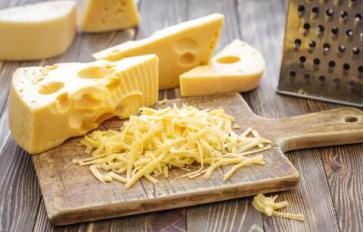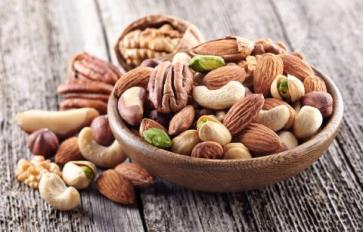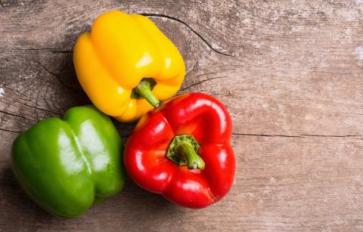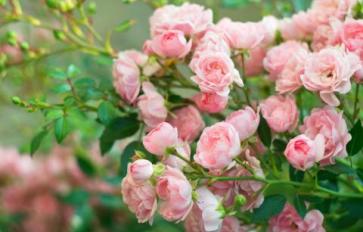
Imagine a tree that cures almost anything that ails you. If there were ever a tree, Moringa oleifera – or drumstick tree - would be it. Referred to as the “miracle tree,” Moringa is used by Ayurveda practitioners to help prevent about 300 different diseases in patients. From the leaves to the bark, the tree can be used for medicinal purposes. Native to South Asia, Moringa is commonly used in curries and stews. It can be ground into a paste, powder, or enjoyed as a tea. It is so healthy, in fact, that it is said to be more nutritious than kale. So what is it about this tree that makes it so special?
Moringa oleifera has an astounding nutrition content. Consuming Moringa is like taking the alphabet of vitamins. It contains vitamins A, B, C, D, E, and K. Vitamin A keeps our vision in check while B provides fuel for the body and keeps the nervous system stable. Vitamin C is most known for a healthy immune system while D promotes bone growth. Vitamin E is a powerhouse of antioxidants, and vitamin K allows the blood to coagulate properly. Along with the vitamin count, Moringa is high in protein and essential amino acids that can only be obtained through food. In fact, it contains all 18 amino acids. Mix in its substantial amount of minerals, and it is easy to see how for nutrition alone it is well sought after.
Medicinally, Moringa can be consumed as well as used as an ointment. Since it contains antibiotic, anti-inflammatory, anti-ulcer, and antispasmodic properties, it has been used for a multitude of illnesses. It releases jaw stiffness, clears the body of ulcers, removes toxins from the blood, and is taken for heart problems. When used as an ointment, it soothes joint pain and eases arthritis. It can be made into a paste and smeared on the forehead to cure a headache. It is easy to digest, aiding in stomach problems. The oil is even used for healthy hair.
As a food source, it can be found growing in tropic and subtropic areas. In sandy regions where food is hard to grow, Moringa thrives. It is a cheap food that provides necessary nutrients, especially to poorer regions. The leaves can be eaten like the greens of a salad while the pods can be prepared as you would green beans. The leaves can also be dried and stored. The versatility and rich nutrition content of Moringa is one step towards curing malnutrition.
With all these benefits, it is easy to see why Moringa is considered the “miracle tree.” From a boost in nutrients to healing what ails you, Moringa is truly a gift of nature. Do something good for your body and add Moringa oleifera to your diet.








